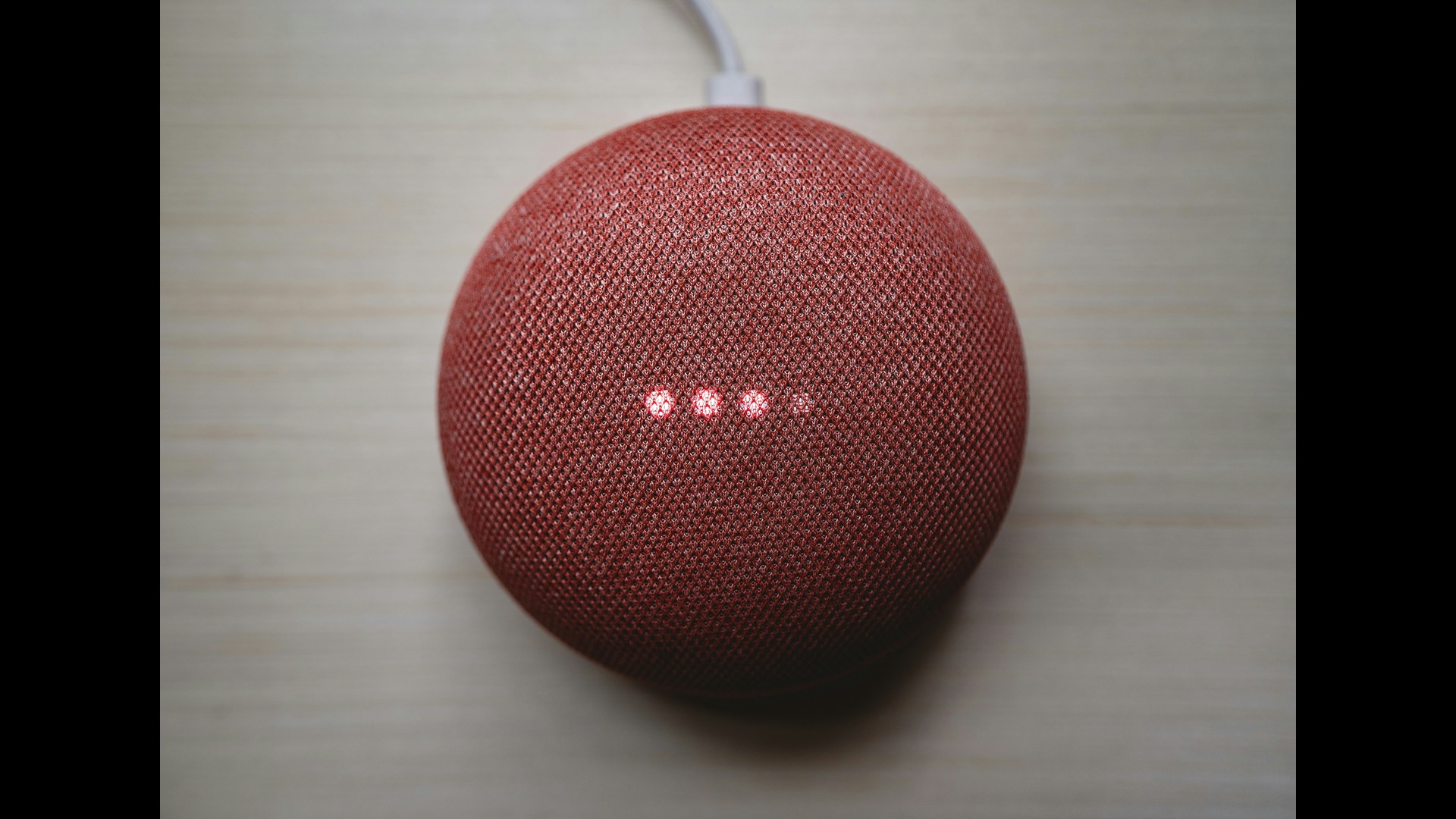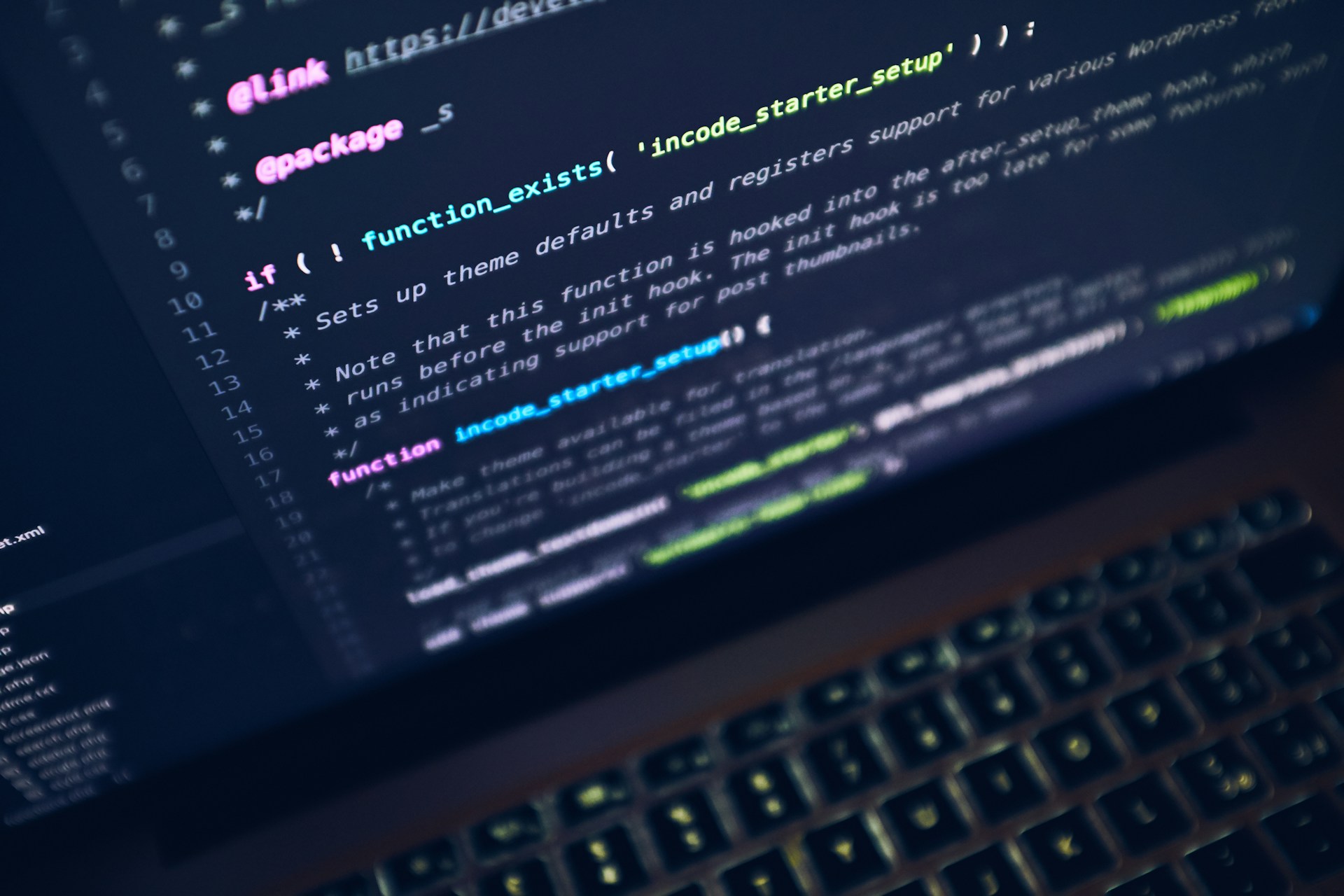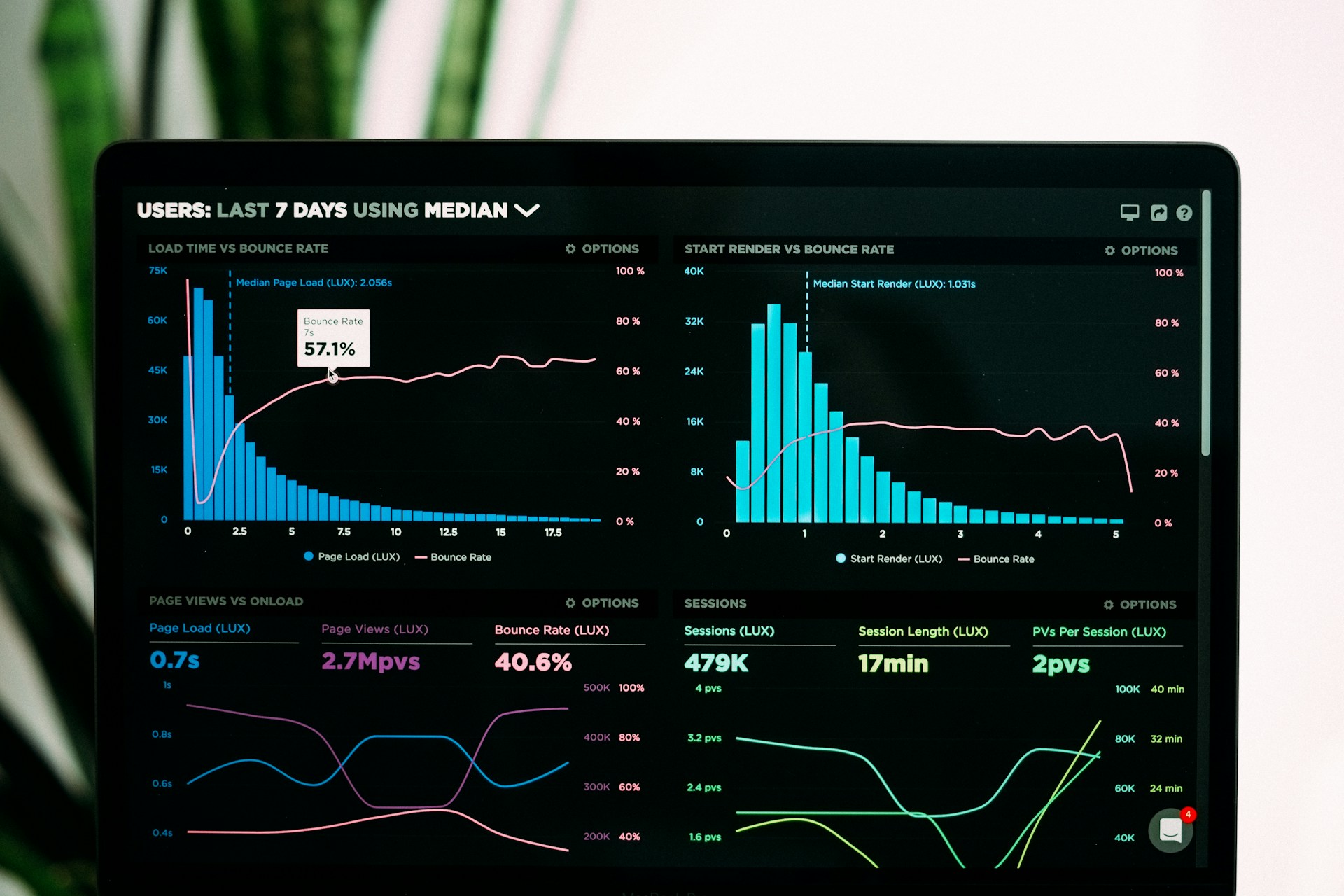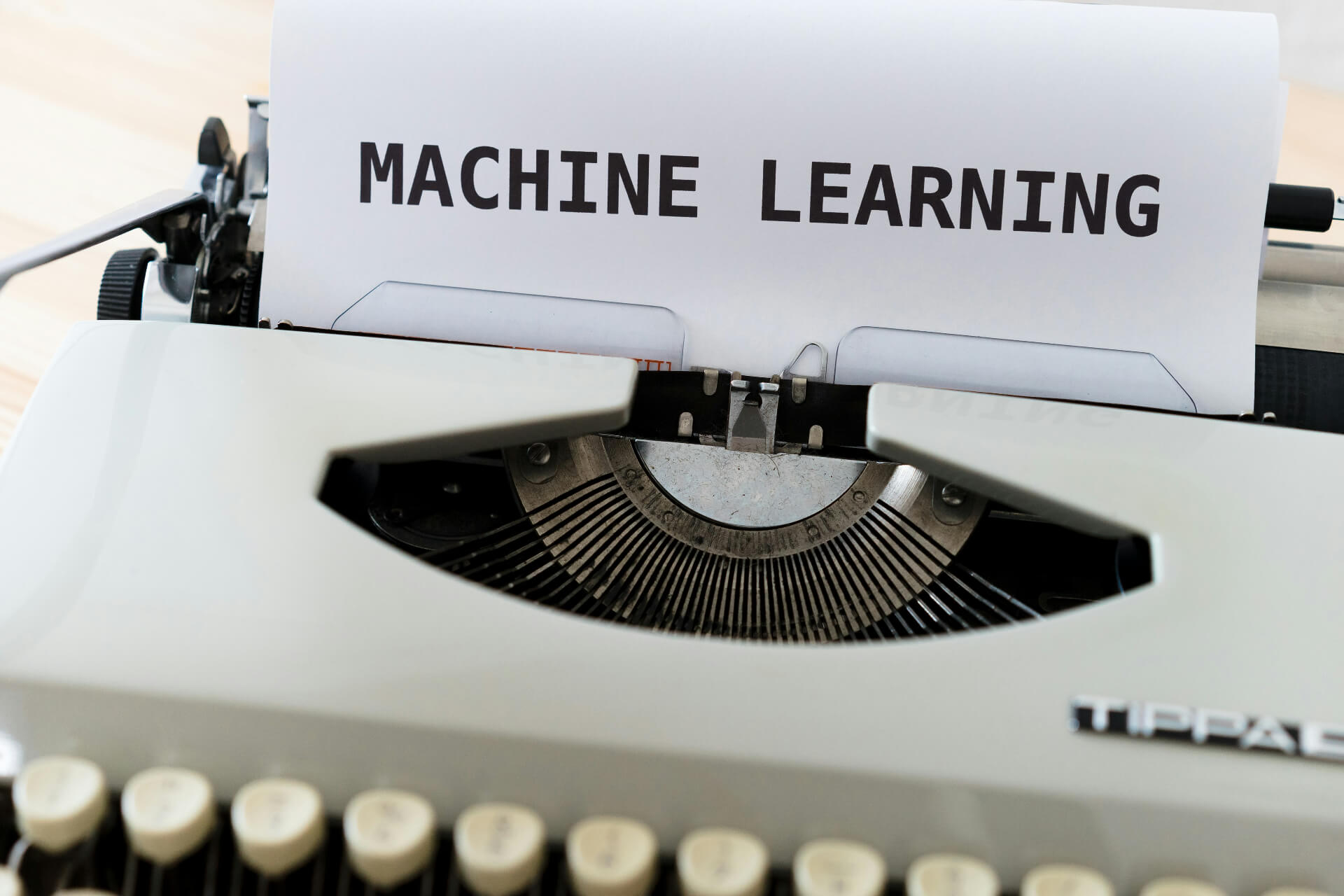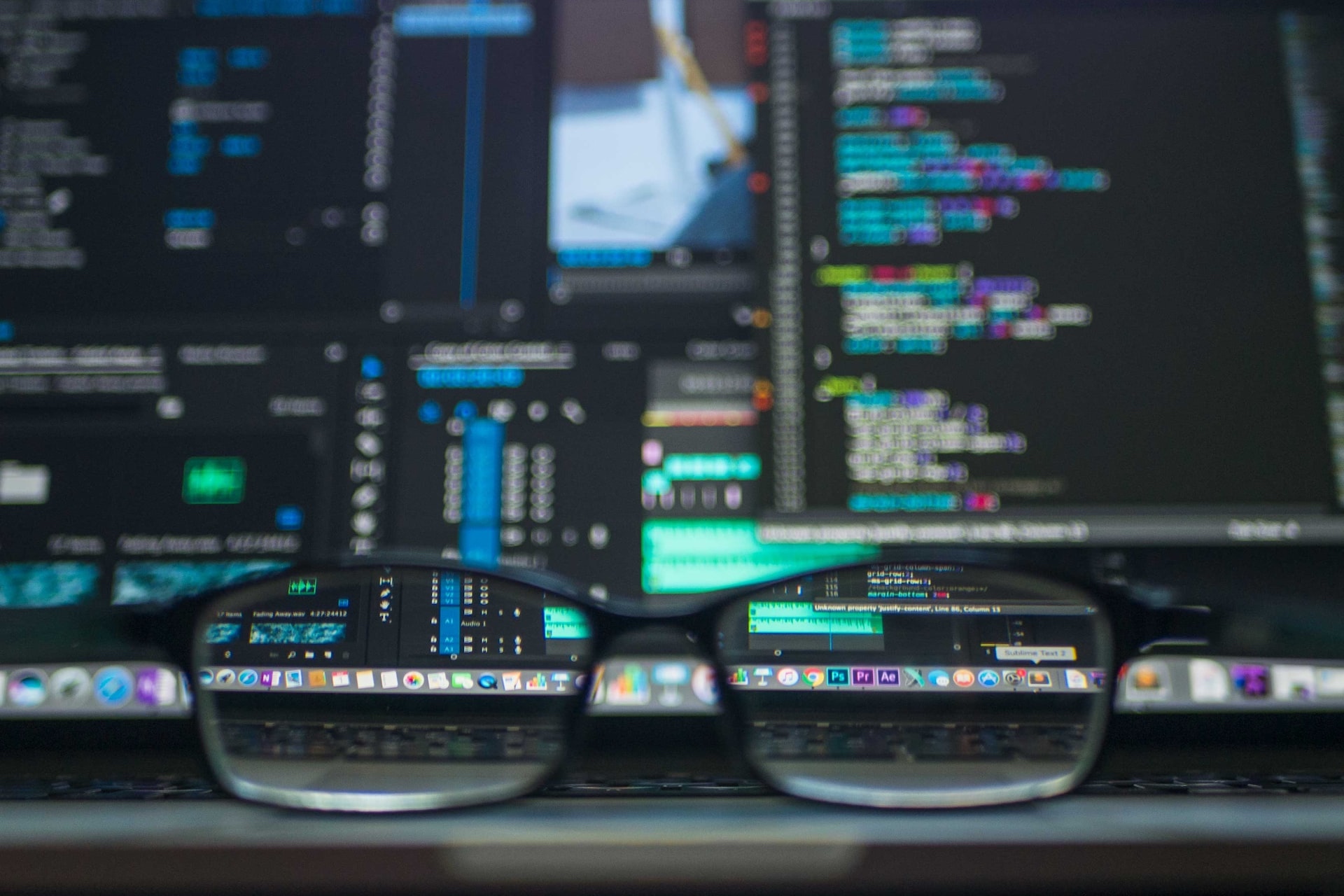
Machine Learning vs. Deep Learning: What’s the Difference?
January 12, 2023 - Ellie Gabel
Revolutionized is reader-supported. When you buy through links on our site, we may earn an affiliate commission. Learn more here.
What is deep learning vs. machine learning? Tech promises to make artificial intelligence (AI) more complex and capable to better serve our world. Deep learning and machine learning are two parts of what makes AI possible.
AI attempts to mimic human intelligence by generating skills through machine learning. Deep learning is a subset of machine learning.
Understanding the differences between deep learning and machine learning is key to knowing how it limits us and allows us to progress. The goal is to interact with information more comprehensively, so how do these systems do that?
What Is Deep Learning vs. Machine Learning?
Machine learning is the part of AI that recognizes patterns in data and algorithms. It usually analyzes smaller sets of data with the help of human intervention. The human element in machine learning includes data hygiene and sifting errors from the AI’s results. The priority of AI is to analyze data inputs and then come to a conclusion or recommend an action.
Deep learning is an aspect of machine learning. Unlike machine learning, it requires large amounts of data. Naturally, it is the next step of artificial intelligence, able to interpret more-nuanced data. Deep learning gathers knowledge from a structure based on human logic called neural networks. The benefit is that it can learn from past mistakes, such as self-driving cars not stopping at the correct signs. Reacting to the environment is a strong focus of AI development, and deep learning helps with that.
Despite AI’s nebulous nature, both systems’ tangible applications are plentiful and increasingly accessible. We don’t even notice many of them.
What Are the Applications of Machine and Deep Learning?
The average civilian may not recognize how these concepts affect us daily. What started as simple tasks have melded into our routines and entertainment consumption. The uses of these tools are only expanding as AI’s capabilities grow.
The first application of deep learning was through speech recognition. Then, humans got inventive. The list of what’s possible is theoretically infinite now, given the technology’s trajectory. But, here are some common uses:
- Image recognition
- Natural language processing (NLP)
- Customer relationship management (CRM)
- Financial fraud detection
- Targeted mobile advertising
- Military robot training
Every time an internet user interacts with chatbots on a shopping site or receives an email because their bank detected unusual activity, that’s deep learning at work.
When machine learning develops, deep learning advances. The technologies react synergetically to increase efficiency, accuracy, and understanding.
What Are the Limitations?
The average internet user may read about the powers of AI and question its validity and efficacy. Though they are powerful resources, some limitations have arisen, which are just as important to understand as the positive impacts. This is so researchers and engineers can continue to make strides.
Algorithmic Biases
Because machine learning is the umbrella over deep learning, human influence is inevitable. Studies have shown, particularly with language models, that data can have biases unintentionally imprinted on them. This includes benign biases as well as those involving gender or race. This could potentially affect AI’s reasoning.
Questions of Ethics
What if deep learning could resolve ethical questions? An often-posed thought experiment is wondering about the moral implications of self-driving cars causing accidents. Whose fault is it – the AI, the developer, both, or neither? What can developers do to prevent problems like this from happening?
Due to the grey area of morality, further research will need to be conducted on how AI will justly interpret data unable to be derived from logic.
Lack of Data
One of the easiest roadblocks to overcome is a potential lack of data. Deep learning requires vast amounts of information to make educated determinations. However, certain parts of society don’t have the required amount of data yet.
An example of this is diversity in health care. It is possible to study countless images of patients, but are these images reflective enough of current demographics? Deep learning and AI require truly representative“training data” to form an accurate picture and be applicable to all people – and peoples.
The unanswered questions listed here are not the only ones. However, these are guideposts for how developers are capable of improving machine learning and deep learning for humanity.
How Do We Make Better AI Learning Systems?
The Netflix show recommendation algorithm is one concrete example of how machine and deep learning have evolved to serve individual uses. AI could help us create a more efficient future, full of interactive moments of learning and entertainment alike. It’s evolving faster as the years go on, so what do people expect of the industry?
Will AI Become More Human?
AI will adapt to and drive technological innovations over the coming years. But how human are the results? The age of symbolic reasoning is now – AI will need to understand the emotional meanings behind data and how they connect.
Is Small Data the Way?
Others believe there will be shifts in the industry, such as moving from big data to small data. Deep learning began by drawing conclusions from large data sets – but what if it only has a small data set to use? This has not always been successful, but AI will eventually require this skill for the future, especially in the medical field.
Can AI Learn Without Humans?
Another necessary advancement is becoming more hands-off with these systems. These applications will eventually need to extrapolate information without human influence. This is called unsupervised learning. Humans can learn about the universe without a direct coordinator, so to achieve more efficient AI, it will need to operate similarly.
What’s in Store?
What is deep learning vs. machine learning? Now you know a bit more.
Though AI skepticism is widespread, the world could benefit from advancements in this technology. Focusing on developing machine learning and deep learning could assist everything from the climate crisis to providing new health solutions to those in need. With new ideas being tested every day, such as the capabilities of quantum machine learning, the opportunities are limitless.
As with any technological advancement, obstacles will arise. However, focusing on progress is the proper mindset toward a more encouraging future where humans create AI that betters the world.
Revolutionized is reader-supported. When you buy through links on our site, we may earn an affiliate commission. Learn more here.
Author
Ellie Gabel
Ellie Gabel is a science writer specializing in astronomy and environmental science and is the Associate Editor of Revolutionized. Ellie's love of science stems from reading Richard Dawkins books and her favorite science magazines as a child, where she fell in love with the experiments included in each edition.
